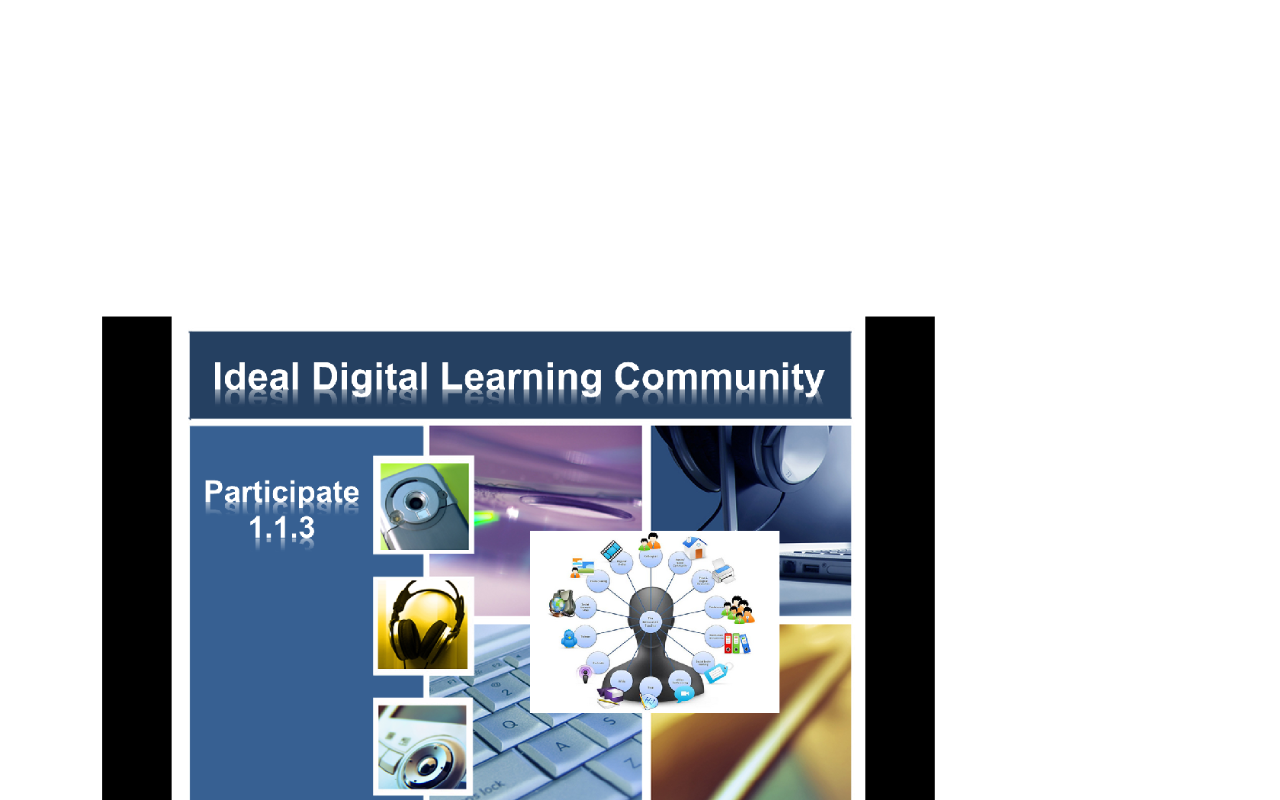Participate 4.1.2- Digital Safety and Security
Here is a link to my list of bookmarks for Digital Safety and Security:
www.diigo.com/list/vickicampos/4.1.2-Digital+Safety+and+Security/34rczjzdd
https://www.ikeepsafe.org/educators/more/c3-matrix/cyber-safety/
Through this network of support, iKeepSafe tracks global trends and issues surrounding digitally connected products and their affect on children. This research drives the continuous creation of positive resources for parents, educators and policymakers who teach youths how to use new media devices and platforms in safe and healthy ways.
kidshealth.org/teen/your_mind/relationships/online_id.html
https://kidshealth.org/teen/your_mind/relationships/online_id.html
The virtual world is full of opportunities to interact with people around the world. It's also a place where nothing is temporary and there are no "take-backs." Here are some tips for safeguarding your online identity.
www.kidsmart.org.uk/digitalfootprints/
KidSMART - find out how to have a SMART attitude to your digital footprints
www.schooltube.com/video/d4e1ce965f05c53f961a/Protecting-Your-Digital-Footprint
RAM-Tv and the Cheshire School Business Partnership present a video on the inportance of Protecting Your Digital Footprint. This Internet safety video informs students that what they post on-line today is forever.
1. What is the most important step we can take in terms of ensuring our digital safety? There is more than just one step that we can take to ensure our digital safety.
Here are just a few:
Anyone with a smart phone, tablet, laptop or PC should be aware of privacy issues and their digital profile. Hackers are very savvy and will target people for maximum effect and we must make every effort to protect ourselves and make it hard for the criminals to attack our privacy.
- Avoid free WI-FI and any free email offerings
- Choose email providers with good filtering capabilities
- Use secure passwords that can’t be easily hacked
- Update security or privacy settings on social media accounts on a regular basis
- Avoid “free downloads” as they are accompanied with malware
2. What strategies can we take to help our students consistently keep digital safety in the forefront of their minds?
In our digitally connected world, our students must learn how to interact online with safety and privacy. Educators, students and parents need to understand the dangers our students face with online predators on the rise. Students must learn what is expected of them when they are online and what “digital footprint” means. Providing a safe online learning environment for our students is a top priority. We cannot expect students to learn this in 1or 2 lessons. Digital safety is an issue that must be constantly promoted and addressed with our students. With the abundance of internet resources available for teachers providing lessons for all age levels on digital safety and security, teachers can be proactive in ensuring a safe digital environment for their students.
Participate

Navigate

Communicate


Create



